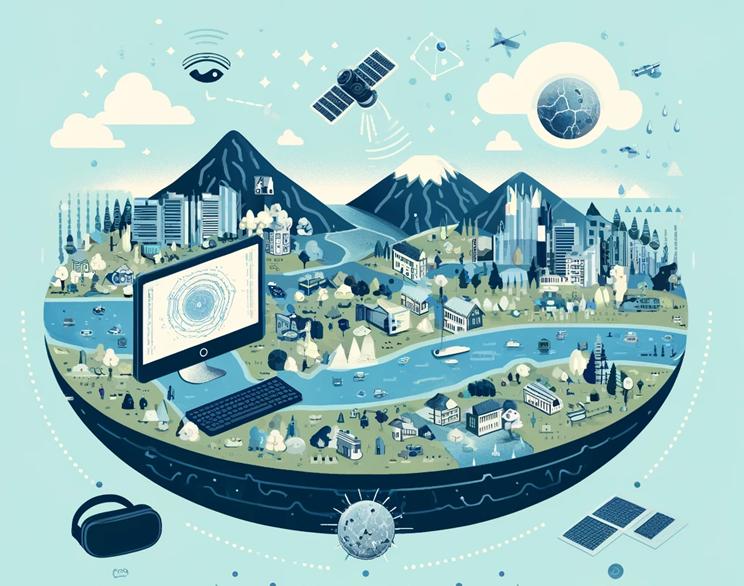Scientists in New Zealand are leveraging artificial intelligence, virtual reality, and satellite technology to enhance resilience against natural hazards. AI is being used to detect microearthquakes, providing a more comprehensive picture of seismic activity. VR is utilized to simulate flood risks, helping communities better understand and prepare for such events. Satellite technology (InSAR) is applied to predict landslides, offering early warnings through precise ground movement detection. These technological advancements significantly support decision-making and disaster preparedness.

Artificial intelligence, virtual reality, and space satellites are among the cutting-edge technologies increasing Aotearoa New Zealand’s resilience to natural hazards, according to EQC Toka Tū Ake.
Pioneers in Natural Hazards Research
"New Zealand’s scientists are global leaders in natural hazards research," says Dr. Natalie Balfour, EQC Head of Research, "partly due to our country's high risk of natural disasters." During Tech Week, New Zealanders are celebrating these home-grown technological advances that make their nation safer.
"Our researchers are using cutting-edge technology to help people understand and prepare for natural hazards," Balfour explains. "From AI detecting earthquakes to VR creating immersive flood risk experiences, EQC is proud to fund research that will shape decision-making and resilience for years to come."
AI Enhances Earthquake Detection
Despite the ground's constant motion, many small ‘microearthquakes’ often go undetected, masked by vibrations from everyday activities. Dr. Calum Chamberlain, a Senior Lecturer in Geophysics at Victoria University of Wellington, highlights the significance of these microearthquakes: "They are a natural monitor for what is happening inside the Earth."
Chamberlain’s group, with EQC support, applies AI to historical earthquake data to identify previously undetected microquakes. "This approach helps us understand where faults are and how they interact, informing us about potential future large earthquakes."
Victoria University has developed high-quality earthquake catalogues that serve as benchmarks for validating AI tools. Chamberlain expects AI to soon automate earthquake detection, allowing geophysicists to focus more on understanding the physics behind earthquakes.
VR Brings Flood Risk to Life
Professor Matthew Wilson of the University of Canterbury, with EQC funding and collaboration with Ngāi Tahu leaders, is using VR to turn 2D flood models into interactive simulations. "VR can break down communication barriers by providing an immersive understanding of risk," Wilson explains.
This project aims to create open-source, accessible VR flood simulations, tested by Ngāi Tahu whānau for effectiveness. If successful, the VR models could expand nationwide, potentially integrating AI to create dynamic scenarios based on user input.
Satellites Predict Landslides
Landslides, New Zealand’s deadliest and costliest natural hazards, are being studied using InSAR technology by Associate Professor Martin Brook from the University of Auckland. Supported by EQC, Brook’s project uses space-bound satellites to detect ground movement with millimeter precision.
By comparing satellite images from before and after storms, Brook aims to understand the causes and future risks of landslides without the need for on-the-ground sensors. This innovative use of InSAR in New Zealand mirrors successful applications overseas, like the European Ground Motion Service.
Brook envisions implementing a similar system in New Zealand, benefiting homeowners, businesses, planners, and insurers with early warnings and improved risk assessments.
Sources:
EQC Toka Tū Ake
Provided by the IKCEST Disaster Risk Reduction Knowledge Service System
Comment list ( 0 )
